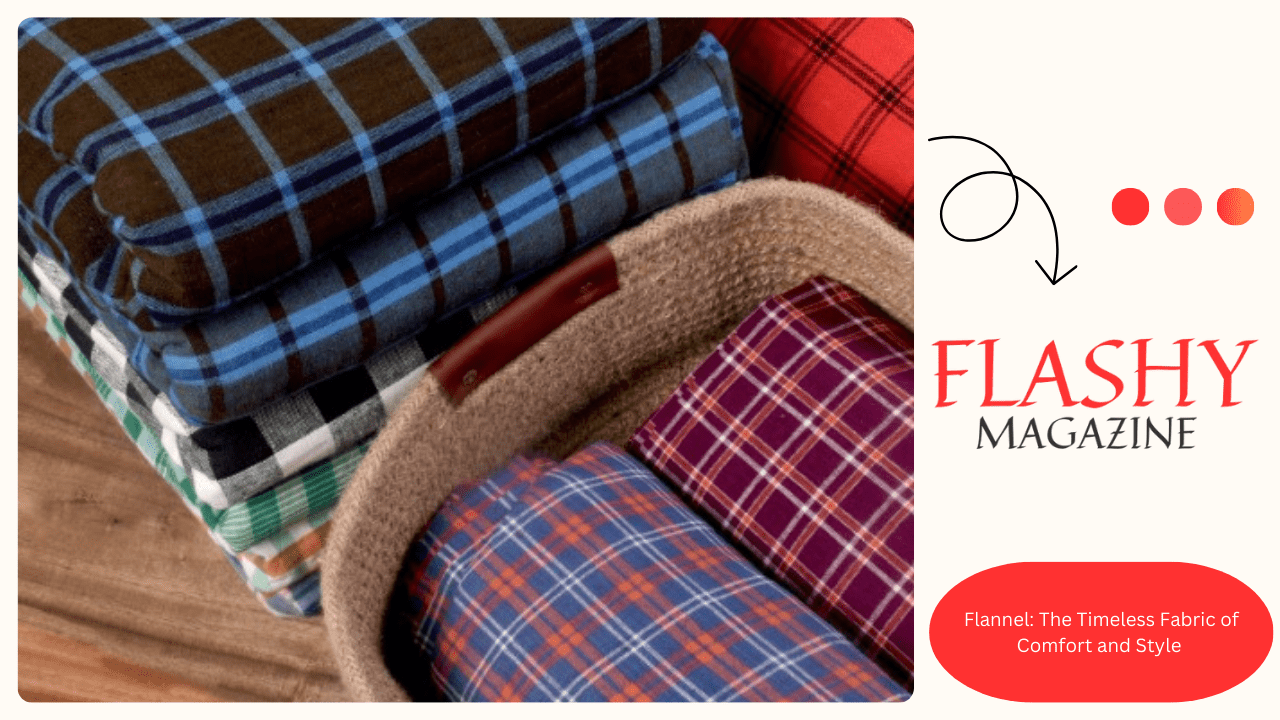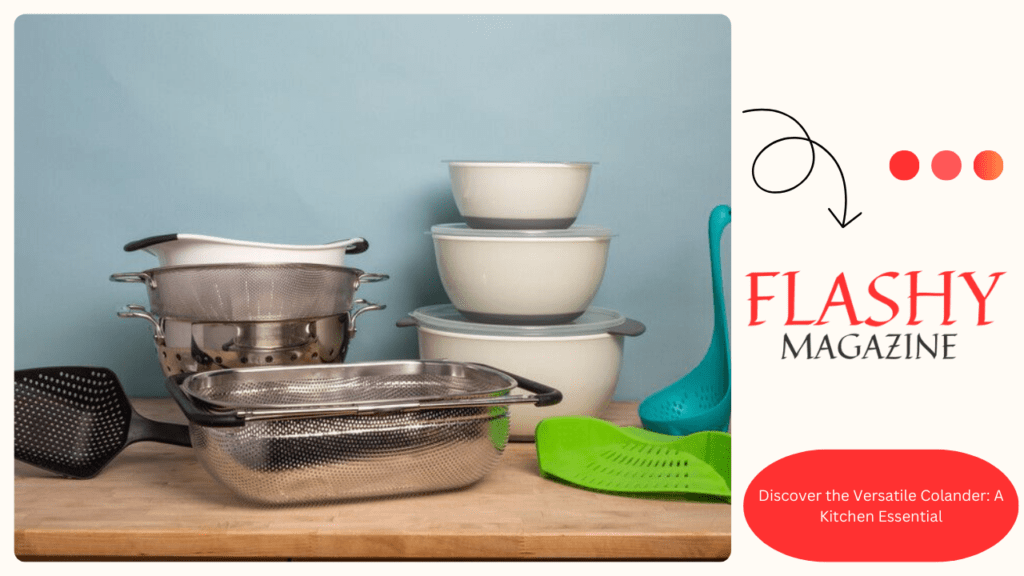Flannel has come an iconic part of the fashion world, representing a mix of cozy comfort and rugged style. Known for its soft sense and warmth, flannel has roots that go back centuries and has evolved into a protean fabric used for everything from work wear to high fashion pieces. In this comprehensive companion, we explore the history of flannel, its unique parcels, and colorful uses and why it remains a wardrobe chief around the world.
Preface
Flannel is a fabric popular for its wispiness, warmth and versatility. It has long been a popular choice for cozy apparel and home fabrics, especially in colder climates. From classic red and black plaid shirts to ultramodern interpretations, flannel has established itself as a functional and fashionable fabric. Whether you are belting up in a blarney shirt on a chilly day or enjoying the wispiness of flannel wastes, this fabric embodies comfort and dateless style.
The Origin and History of Flannel
Flannel has its origins in 17th century Wales, where it was first made as a warm and practical fabric for growers working in cold, wet climates. It was firstly made from fine, carded hair, a material readily available in the region. Over time, flannel spread to other corridor of Europe, especially during the Industrial Revolution when it came a popular work garment in Britain. Due to its continuity, wispiness and warmth, flannel snappily gained worldwide fissionability and has remained a favorite fabric ever ago.
What Exactly is Flannel?
Flannel is a soft, medium- weight fabric known for its warmth and slightly ethereal texture. While flannel was traditionally made from hair, moment’s flannel is generally made from cotton, hair, or synthetic filaments. flannel’s hand wispiness comes from a brushing process that lifts the fine filaments to produce a cozy, insulated face ideal for cold rainfall.
How Flannel is Made
The Process of Weaving
Flannel is generally woven in a twill or plain weave. Twill weaves are thick and further durable, oil weaves are lighter and further permeable. During the weaving process, the fine yarns are formed into a strong knit that retains heat.
Brushing for Wispiness
Once the fabric is woven, it goes through a brushing process on one or both sides to achieve the characteristic wispiness. This brushing lifts the fine filaments and gives the blarney its brushed texture and separating parcels. Double trolled blarney, where both sides of the fabric are trolled, is particularly soft and warm.
Types of Flannel Fabric
There are several types of flannel available moment, each with unique parcels:
Cotton Flannel
Cotton flannel is one of the most popular types due to its wispiness, breathability and comfort. Generally used for shirts, pajamas and coverlet, it offers warmth without feeling too heavy.
Hair Flannel:
Hair flannel is the most traditional type, known for its excellent sequestration and continuity. This variety is frequently used in outerwear similar as jackets and fleeces, as well as acclimatized suits for colder climates.
Synthetic and Amalgamated Flannel
Synthetic flannels, frequently made from polyester composites, are durable and cost-effective. These are generally used in particulars similar as robes and upholstery where warmth and wimpiness are asked but at a lower cost.
Features that Define Flannel
Flannel is popular for several crucial features that make it stand out as a fabric:
Heat and Sequestration
Thanks to its brushed face, flannel effectively retains heat, making it ideal for cold rainfall. Raised filaments trap air and produce an separating sub caste to keep you warm.
Soft Texture
The brushed face of flannel gives it a soft sense against the skin, adding its comfort and making it a popular choice for sleeping and coverlet.
Breathability
Unlike some fabrics that trap heat and humidity, flannel’s natural filaments allow for breathability, reducing the threat of overheating while keeping you warm.
Why Flannel is Perfect for Cold Rainfall
Flannel is synonymous with downtime warmth. It’s a fabric that can give warmth without bulk, so it’s popular for layering during the colder months. From flannel shirts to pajamas and robes, the fabric’s capability to retain warmth while being permeable makes it practical and comfortable for use in cold rainfall.
Flannel in Fashion: A Style Statement
Over the times, flannel has changed from a purely practical fabric to a style statement. The 1990s saw a flannel revolution with the grunge movement, when musicians like Nirvana vulgarized the blarney shirt as a rebellious, rugged fashion chief. Moment, flannel is a protean fabric that can be dressed up or down, and contrivers use it for everything from streetwear to high fashion collections.
Influence of Grunge and Gemstone
Flannel came a symbol of grunge culture, where large plaid flannel shirts were worn as a fashion statement while also seesawing to the fabric’s working- class roots. This period forcefully established flannel as part of the gemstone and roll aesthetic.
High Fashion and Everyday Wear and Tear
Flannel’s appeal has since expanded and is now used by both high- end and casual brands. Contrivers are incorporating blarney into everything from acclimatized jackets to trendy large shirts, reflecting its enduring versatility.
Favorite Flannel Apparel
Flannel Shirts
A flannel shirt is a wardrobe chief. It’s available in a variety of designs and colors and is known for its rugged appeal and versatility. Flannel shirts can be concentrated, worn alone or used as light jackets.
Flannel Pajamas
Flannel pajamas are popular for their warmth and comfort, perfect for chilly nights. They’re generally made of soft, permeable cotton flannel to keep you warm without overheating.
Flannel Jackets
Flannel – lined jackets give warmth without bulk, frequently combined with a hair or denim external subcaste for added style. These jackets are great for out-of-door conditioning and casual jaunts.
Flannel in Home Scenery
Its warmth and wispiness also make flannel ideal for home decoration.
Flannel Coverlet
Flannel coverlet and wastes are popular for their cozy sense. The trolled cotton blarney coverlet provides warmth and comfort especially in the downtime months.
Flannel Spreads and Robes
Flannel throws add a touch of warmth and style to any room. Available in a range of colors and patterns, these throws are perfect for entwining up on the settee with a good book.
Flannel vs. Plaid: Understanding the Difference
While the two are frequently used interchangeably, Flannel refers to the fabric while plaid describes the pattern. Flannel can also come in solid colors, although plaid patterns are generally associated with flannel due to its fissionability in plaid patterns.
Benefits of Wearing Flannel
Flannel offers several advantages that make it the fabric of choice for numerous:
Continuity
Flannel is tough and long- continuing, especially when made from hair or high- quality cotton. It’s resistant to wear and tear, making it a great choice for both work wear and tear and casual use.
Comfort for All- Day Wear and Tear
The soft, brushed texture of the flannel makes it comfortable to wear all day, whether you are at home or out.
Layering Implicit
Flannel is light but warm, making it perfect for layering. It can be worn over a t- shirt or under a jacket, adapts to different temperatures and styles.
How to Term Flannel
Flannel is largely protean and lends itself to a range of styles:
Casual Look
A flannel shirt paired with jeans is a classic casual look. Easy to wear and looks swish.
Flannel layering
Layering Flannel under a sweater or over a t- shirt will add depth to your outfit while adding redundant warmth.
Wearing Flannel
With acclimatized flannel jackets or trousers, blarney can be dressed up for an elegant and sophisticated look.
Care and Conservation of Flannel
To maintain the wispiness of flannel, proper care is essential.
- Cold Water Marshland: Hot water can beget blarney to shrink or lose wispiness.
- Avoid High Temperatures: High teetotaler temperatures can reduce fabric wispiness. Air drying or low setting is stylish.
- Use Mild Cleansers: Harsh cleansers can wear down fabric filaments over time.
The Impact of Flannel Product
The terrain flannel’s impact on the terrain depends largely on its accoutrements. Cotton flannel can be resource ferocious to produce, while hair flannel has a lower environmental impact if it’s sustainably sourced. Synthetic flannel, while durable, frequently involvement-renewable coffers. Consumers can look for flannel made from organic cotton or recycled accoutrements to make green choices.
Sustainable Flannel and Ethical Sourcing
Sustainably sourced flannel is getting more common, with brands decreasingly offering flannel made from organic cotton or immorally sourced hair. Supporting sustainable flannel helps reduce environmental impact and promotes responsible fashion.
The Future of Flannel in Fashion
Flannel continues to acclimatize to trends while remaining a wardrobe chief around the world. From classic shirts to slice- edge designs, flannel’s versatility and comfort insure its place in the fashion assiduity. As consumers come decreasingly apprehensive of sustainability, the demand for immorally produced an deco-friendly flannel is likely to grow.
Conclusion
Why flannel is then to stay flannel is a fabric that stands the test of time, offering warmth, continuity and style. Its versatility lends itself to a variety of apparel and home fabrics, and its rich history adds depth to its appeal. Whether you are dressing for warmth or layering in style, flannel provides a combination of comfort and charm that is alternate to none. As a dateless classic, flannel is sure to remain a chief for numerous times to come.
Constantly Asked Questions
- Is flannel suitable for warm rainfall?
Flannel is ideal for cooler temperatures due to its separating parcels, although feather light cotton flannel can be worn in milder rainfall.
- What’s the difference between cotton and hair flannel?
Cotton flannel is softer and lighter, ideal for apparel and coverlet, while hair flannel is thicker and warmer, frequently used in outerwear.
- Can flannel bee co-friendly?
Yes, organic cotton or hair flannels from sustainable sources are environmentally friendly and have a lower environmental impact.
- Does flannel shrink after washing?
Flannel can shrink if washed in hot water or dried at high temperatures; cold water marshland and air dry recommended.
- Why is flannel generally associated with plaid?
Plaid patterns came popular on flannel shirts, especially during the grunge period of the 1990s, although flannel can come in a variety of patterns and colors.








